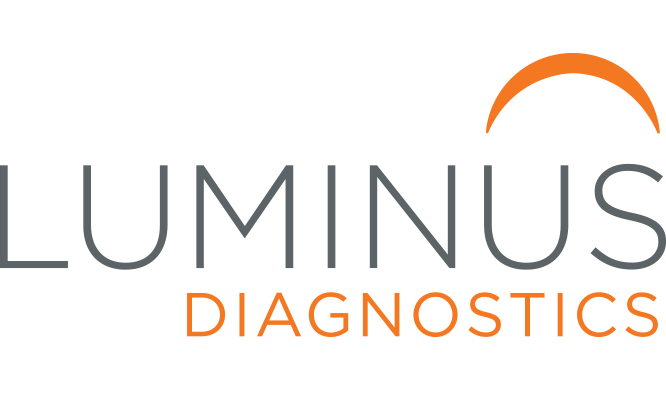Trisome 21, 18, 13
Exceptional Performance
Luminus’ tests are validated for pregnant women of any age or risk categories and trusted by clinicians worldwide. AS EARLY AS 10 WEEKS, Luminus’ tests screen for the risk of trisome 21, 18, and 13.
Combined Performance Across All Clinical Studies 1-3, 7-13
- Luminus’ tests have a less than 0.1% false-positive rate for trisomies 21, 18, and 13
- This means fewer than 1 in 1000 Luminus’ tests yields a false-positive result. With conventional screening, as many as 1 in 20 women will receive a false-positive result 4
| DETECTION RATE | FALSE-POSITIVE RATE | |
|---|---|---|
| Trisome 21 | ||
| Trisome 18 | ||
| Trisome 13 |


